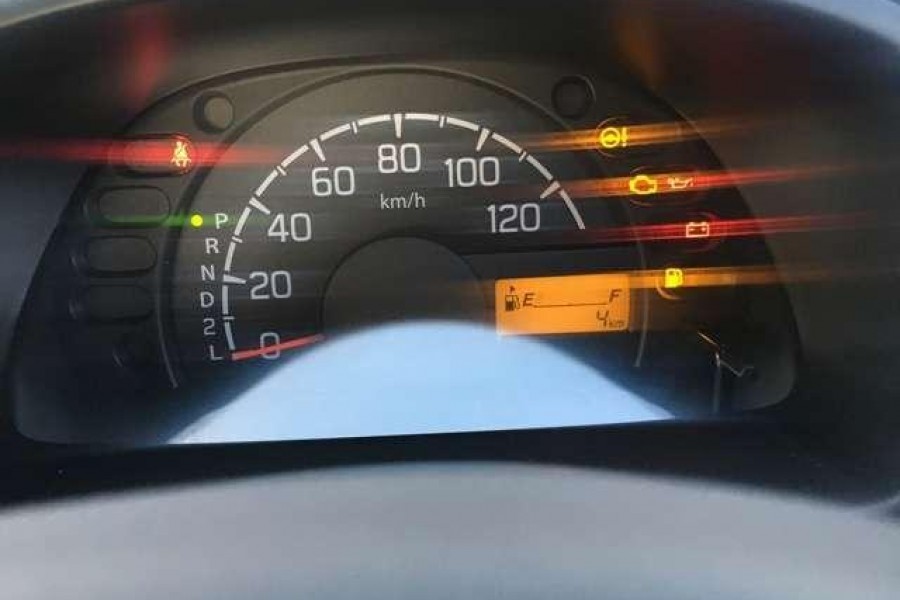Do you know the truck sensors in a truck? Modern trucks have several control modules to ensure everything functions smoothly. The sensor’s responsibility is to ensure that the ECM gets information about how each part of the truck functions. Here are 10 common sensors in a truck.
The Oil Level Sensor
The oil level sensor is within the engine and is one o the common sensors. Its primary role is checking the level of oil in the pan. This sensor triggers the oil check light when there is inadequate oil.
The Oil Pressure Sensor
It is similar to an oil sensor but notes the pressure in the oil pump. Such a sensor is usually on the engine block next to the fuel filter. The appearance of the red oil pressure light signals a bad oil pressure.
Coolant Temperature Sensors
It checks the temperature of the coolant and the overall engine temperature. When the temperatures are too high, it will shut off your engine.
Mass Airflow Sensor
The mass airflow sensor checks the quantity of air flowing into the engine. MAS is between the intake manifold and the air filter box.
Intake Air Temperature Sensor
The temperature of the air that flows inside the engine is essential to maximize the engine’s performance. The IAT sensor will tell the ECM the air temperature to maximize the engine’s performance.
Oxygen Sensor
The oxygen sensor plays the role of measuring the air-to-fuel mixture from the exhaust and the efficiency of the catalytic converter. Its primary function is to show how effectively combustion occurs in the cylinders.
Knock Sensors
Knock sensors monitor the engine and ensure it does not knock. Engine knock is fatal and expensive to repair. Broken engine components and misfires can lead to engine knock.
Camshaft and Crankshaft Position Sensors
The engine has camshaft and crankshafts whose primary role is ensuring that both the inlet and outlet are open to enable the engine to function effectively. If the camshafts and crankshaft do not function timely that is one closes and the other opens the valves, your engine will not function smoothly. These sensors’ role is to notify the ECM when the positioning of the cam and crankshaft do not line up.
Throttle Position Sensor
The throttle position sensor is found on the throttle body and takes note of the angle at which the throttle flaps. It tells the ECM the condition of the throttle and will trigger a check light if it is sticky and does not function effectively.
Fuel Pressure Sensor
The fuel pressure sensor notes the fuel’s pressure along the fuel lines. You will find this sensor on your fuel pressure rail and sometimes also at the fuel pressure line. It gives the engine control module the pressure of the fuel. An increase in pressure can cause a richer fuel mixture. On the other hand, lower fuel pressure results in a learner mixture.
Conclusion,
The engine control module relies on the signals from these sensors to function effectively. When the sensors sense any issue with your engine, they will send the signal to the ECU, which triggers the check light on your dashboard.

